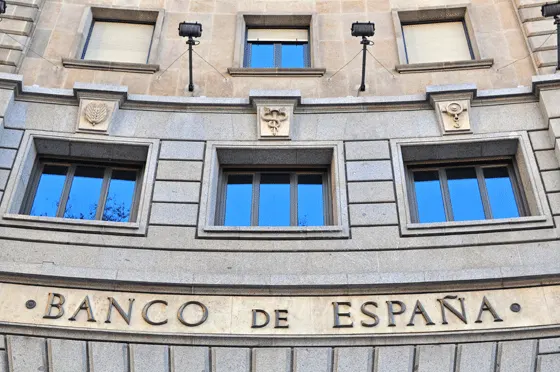When banks failed across the globe in 2008, the resulting financial crisis sent businesses into a tailspin. As lenders cut back dramatically, companies trying to recover had to scramble for financing required to generate new business and for capital expenditures. Businesses were also faced with difficult decisions over what investments to keep and what investments to cut.
How they made those choices and what effect they had on business and national recovery in the long run hasn’t been well understood, however.
Harvard Business School Assistant Professor Claudia Steinwender tackles that question in a new paper, titled Survive Another Day: Using Changes in the Composition of Investments to Measure the Cost of Credit Constraints (forthcoming in the Review of Economics and Statistics).
“Firms rely on banks a lot in order to make investments for the future,” says Steinwender, who joined the HBS faculty this fall after earning her doctorate from the London School of Economics. “If that credit stops, it can have a huge effect. We wanted to understand how firms deal with that, and what firms might not do that they otherwise would have done.”
As we looked at that data, we realized there was a pattern
In other words, what could companies do differently in the next inevitable bank crisis to improve their chances of recovery?
Steinwender worked with her LSE thesis advisor, Luis Garicano, co-founder of the influential Spanish economics blog Nada Es Gratis (“No Free Lunch”) who has been involved with the policy response to the crisis in Spain. As hard-hit as the United States was by the Great Recession, Spain was damaged far worse: Years after the recession, growth was at a standstill and a quarter of the workforce unemployed.
An annual survey of business investments conducted by a Spanish foundation allowed Steinwender and Garicano a detailed look at exactly how companies changed their investments in the wake of the credit shock.
As they began looking at the data, the researchers quickly found that not all investments were the same.

The Bank of Spain is the national central bank, established in
Madrid in 1782. ©iStock/Krasnevsky
“All investment categories dropped after the crisis, but some dropped more and some less,” says Steinwender. “As we looked at that data, we realized there was a pattern.”
Specifically, companies were cutting down on investments that had longer-horizon payoffs and favoring shorter-term investments. Steinwender compares it to the advice a grandmother would give: When you hit a crisis, cut back on what you can but not on what you need.
“It’s perfectly rational to do that,” she says. “Companies didn’t want to cut down on the short-term investments that keep them going.” In fact, companies cut their longer-term investments by 10 to 40 percent—an average of 17 percentage points more than shorter-term investments. In financial terms, that carries the same financial impact as if credit constraints caused an additional tax rate of 11 percent on those investments.
RECOVERY DELAYED
While that response to the crisis may make rational sense, it also may explain why Spain took so long to recover from the recession. “If you make [shorter-term] investments that will turn up in four to five years, and now those don’t happen, it makes recovery much more difficult and something that happens more slowly,” says Steinwender. “How those firms react may lead to a lengthening of the crisis.”
When it came to recovery, Steinwender and Garicano again found that not all firms were created equal. Companies with alternative means of financing—multinational firms with access to foreign capital, for example—recovered more quickly than companies reliant on local financing. Companies may do well to consider that fact as they position themselves to weather the next crisis, says Steinwender.
“Companies should try not to depend as much on the local economy, but look for more diversification in terms of their financing sources.”
In addition, firms should consider when investments will come to maturity, and spread out financing so all debt doesn’t expire in the same year. That way, says Steinwender, if it becomes necessary to cut longer-term financing, it won’t impede recovery as much as if all debt comes due at once.
Steinwender and Garicano’s findings also hold lessons for governments wishing to provide loans to companies to fill the gap. Since not all companies are equally affected by a banking credit crunch, they may not need the same level of rescuing.
THE GROUCHO CRITERION
“Remember when the Marx Brothers were burning the train to keep it going?” says Steinwender, referring to the notorious scene in Go West where Harpo and the gang chop up the train mid-motion so that Groucho can feed the steam engine. “Companies do the same. When trying to alleviate companies in need, the government should not simply look at sharply lower levels of investments, but evaluate their financial needs using the ‘Groucho Marx’ criterion: companies that are eating up their future and reducing disproportionately their long-term investments relative to the short-term ones.”
Steinwender points out that their findings only apply to companies in the wake of a financial crisis brought on by a banking crash—and don’t necessarily apply to crises brought on by demand shock or currency devaluation such as the current financial crisis in China.
When it comes to positioning a company to best recover from the inevitable next banking crash, however, it pays to be prudent in diversifying investments, and cutting them with an eye to recovery as much as immediate survival.
That’s advice that even a grandmother could get behind.
